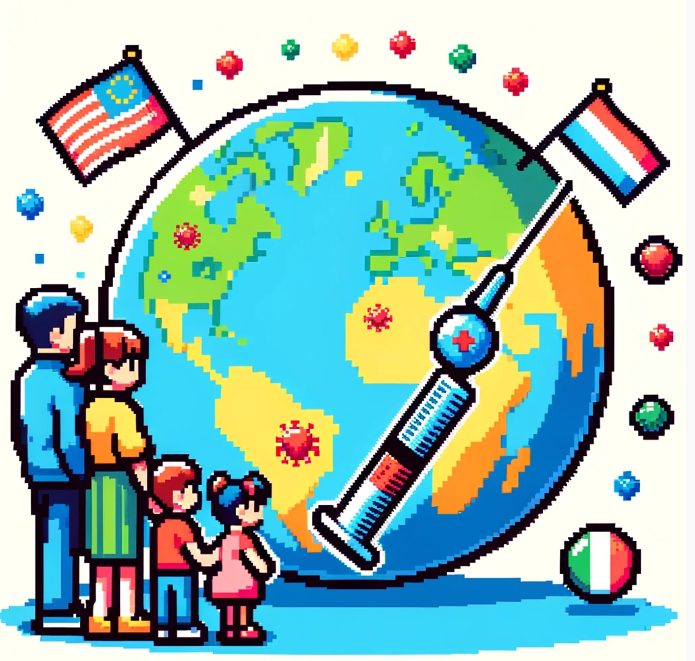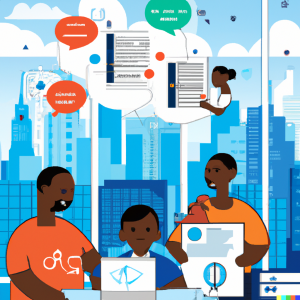
Are we still dealing with Measles?

A Step Back in Time?
Measles, a disease we once thought was on the brink of being left behind in the annals of history, surprisingly continues to surface even in nations like the United States, where vaccines are widely available. Despite declaring the elimination of endemic measles in the U.S. in 2000, recent spikes in cases, primarily among the unvaccinated, have raised eyebrows and questions alike. How is it possible that in an age of advanced medical science, measles still poses a threat?
Understanding Measles and Its Recent Surge
Measles is a highly contagious virus, notorious for its ability to spread rapidly among those not vaccinated. The recent CDC report from MMWR highlights an unsettling increase in measles cases, particularly in the first quarter of 2024, with a significant 29% of the cases occurring among individuals who were unvaccinated or whose vaccination status was unknown. This uptick serves as a stark reminder of the disease’s resilience and the importance of vaccination.
The Science Behind the Spread
The measles virus thrives in conditions where vaccination rates are low. A notable aspect of the current situation is that the majority of measles cases in the U.S. are linked to international travel. Travelers from regions with lower vaccination rates can carry the virus into the U.S., where it finds a foothold in unvaccinated communities. This underscores the critical role of global vaccination coverage and the necessity of receiving the MMR (measles, mumps, rubella) vaccine before traveling internationally.
The Incredulous Reality of Vaccine Availability
It’s perplexing and somewhat frustrating to note that despite the widespread availability of the measles vaccine, which is highly effective, outbreaks continue. Or maybe it’s not actually that perplexing.
The science is clear: the vaccine prevents the virus. Yet, misinformation and vaccine hesitancy still prevail, allowing measles to claw back into areas it once left. It’s a grim reminder of the gap between scientific advancement and public health implementation.
The Role of Public Health Efforts
The U.S. has managed to maintain its measles elimination status thanks to robust surveillance and quick public health responses. However, the recent surge is a call to action. It emphasizes the need for enhanced vaccination drives, particularly targeting communities with low vaccine uptake, and the importance of stringent checks and rapid response to suspected measles cases.
Visual Aids to Comprehend the Impact
Visual aids can enhance understanding of the spread and control of measles. Maps showing the origins of measles importations and graphs depicting vaccination rates can provide clear, visual forms of communication that help comprehend the complex data involved in these outbreaks.
A Call to Action
It’s vital for everyone, especially those planning international travel, to ensure they are vaccinated. Public health organizations must also intensify efforts to reach under-vaccinated communities, highlighting the safety and efficacy of vaccines in preventing diseases that should no longer be a threat. The CDC has some major data on that through the Social Vulnerability Index.
Conclusion: A Preventable Problem
As we continue to see spikes in measles cases, the message remains clear: vaccination is the key to prevention. It’s both a personal and community responsibility to embrace vaccines and protect ourselves and others from this potentially severe disease.
Lead the Way in Public Health – Get Your Weekly Insight!
Ready to lead the charge in health advocacy and research? ‘This Week in Public Health’ delivers essential weekly updates, keeping you informed and ahead in the dynamic field of public health. With insights on the latest breakthroughs and initiatives, our newsletter is your gateway to being a proactive leader. Subscribe for free and start shaping the future of public health today!
About the Author
Jon Scaccia, with a Ph.D. in clinical-community psychology and a research fellowship at the US Department of Health and Human Services with expertise in public health systems and quality programs. He specializes in implementing innovative, data-informed strategies to enhance community health and development. Jon helped develop the R=MC² readiness model, which aids organizations in effectively navigating change. And I published some vaccine hesitancy.!



